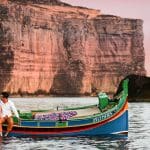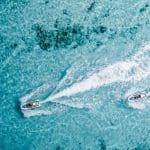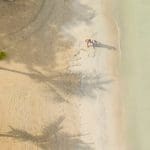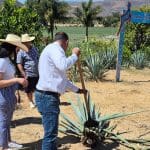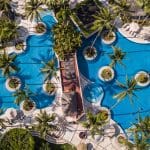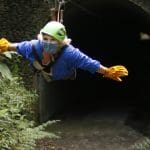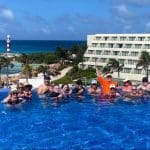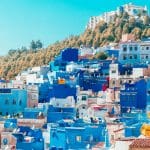Country is the proud home of the walking safari
Zambian tourism officials note that foreign tourists are welcome to hoof it while in search of hooved wilderness creatures.
And those same visitors can also seek out pawed wildlife on foot at the same time.
The southern African nation proudly bills itself as the home of the walking safari, a twist on the traditional African safari that has tourists use vehicles in search of wildlife.
Nick Aslin of Zambian Ground Handlers, part of a Zambian tourism delegation that recently visited Toronto, said walking safaris are more “exhilarating” than ones that use vehicles, with groups possibly spending 30 or more minutes tracking an animal before actually sighting it.
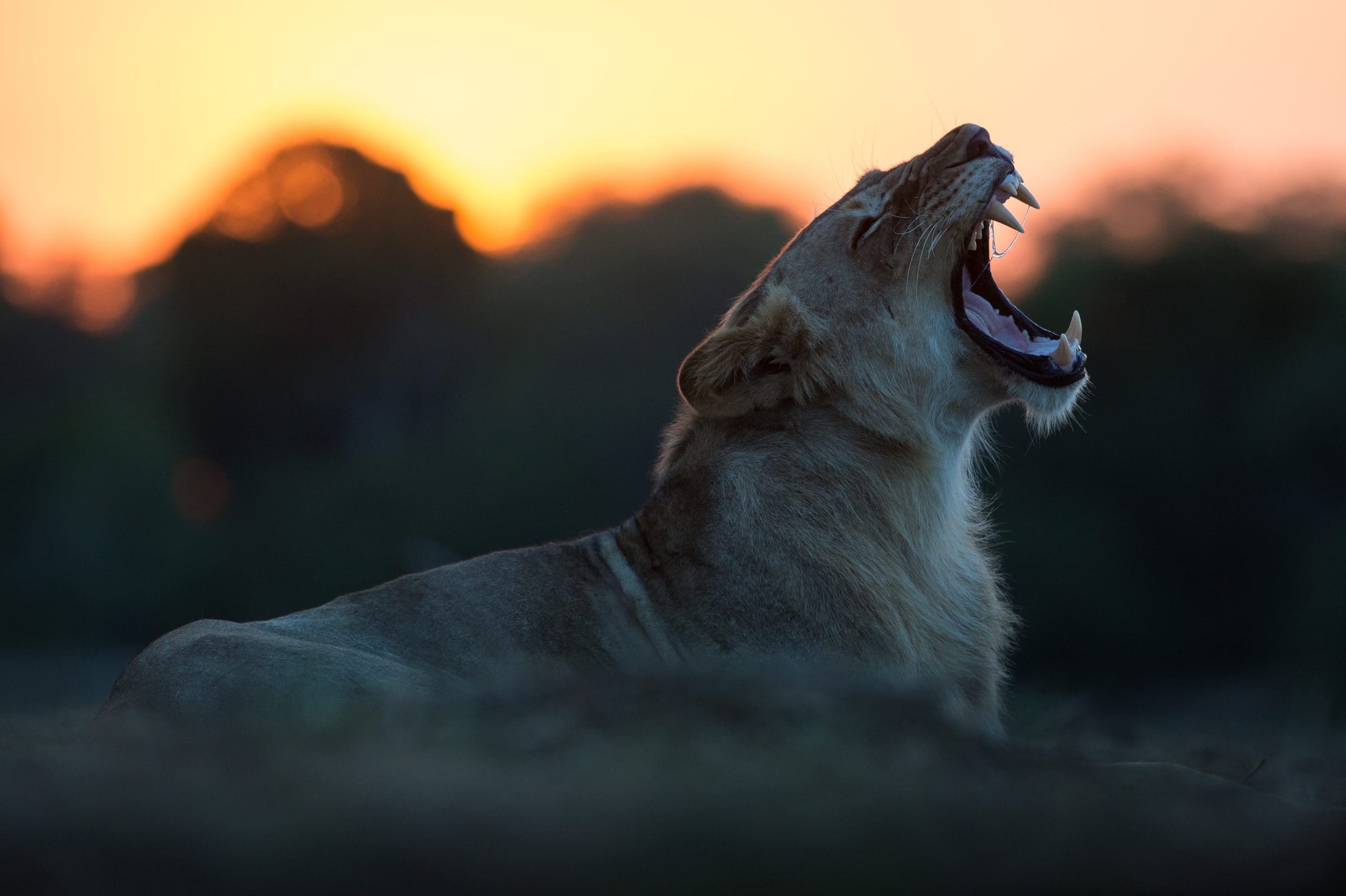
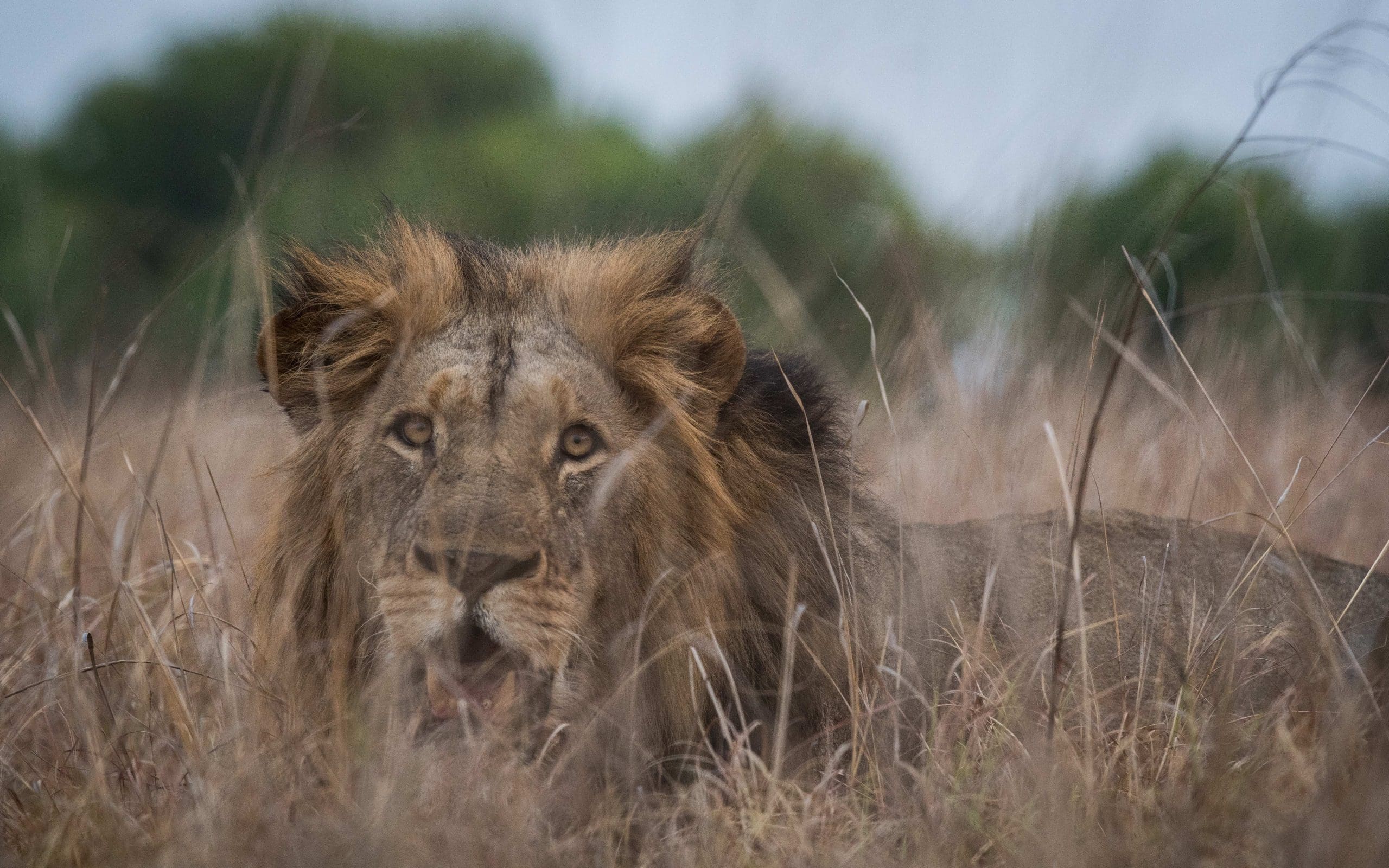
“There is literally no comparison,” he said of walking and vehicle safaris. “When you’re walking you become part of the bush.”
Walking safaris are safe, he continued, with tourists accompanied by a guide and a rifle-equipped coworker. Groups also keep a safe and respectful distance from animals, who tend to be wary of people who are on foot then those in vehicles and are more likely to flee when they see them.
“We love to walk,” added Tyrone McKeith of Classic Zambia Safaris, another Toronto event participant.
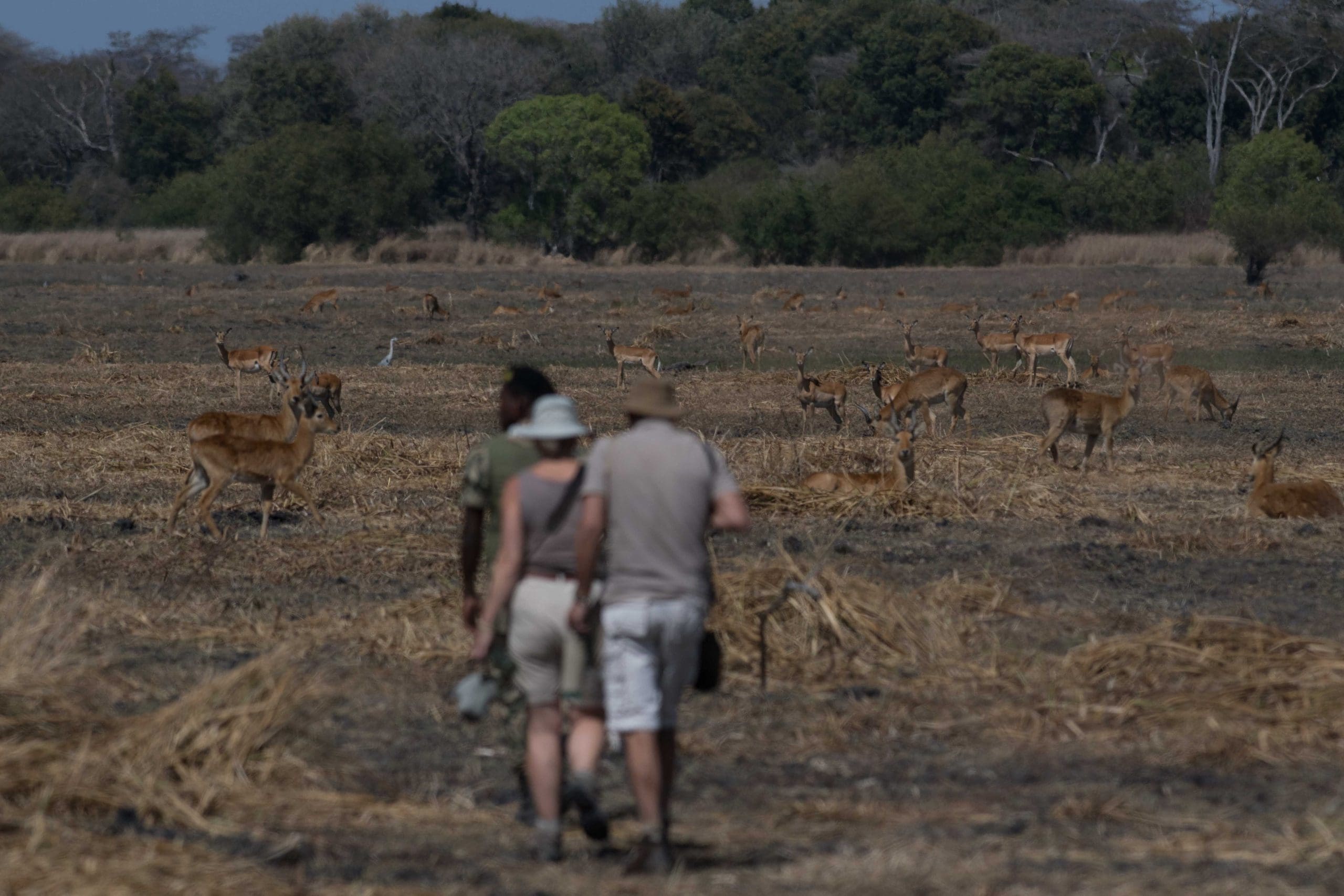
Walking safaris tend to range from 1.5 to several hours. Participants don’t need to be overly fit to join one, with the hikes suited to participants’ ability.
Zambian wildlife includes elephants, giraffes, buffalo, hippos, lions and leopards, and the country’s national parks include Kafue, which is around the size of Wales and which Aslin reported is the second-largest national park in Africa.
Zambia sees far fewer tourists than the likes of Kenya and South Africa, with Jordan Davy of Sungani – which has two wilderness retreats, one of which is upscale – telling the Torontonians that her company provides guests with a “remote and exclusive experience. You’d be hard-pressed to see another vehicle in the area. It’s a real selling point for our guests.”
McKeith said tourists can also spot wildlife during canoe excursions, possibly gliding silently past a leopard while paddling.
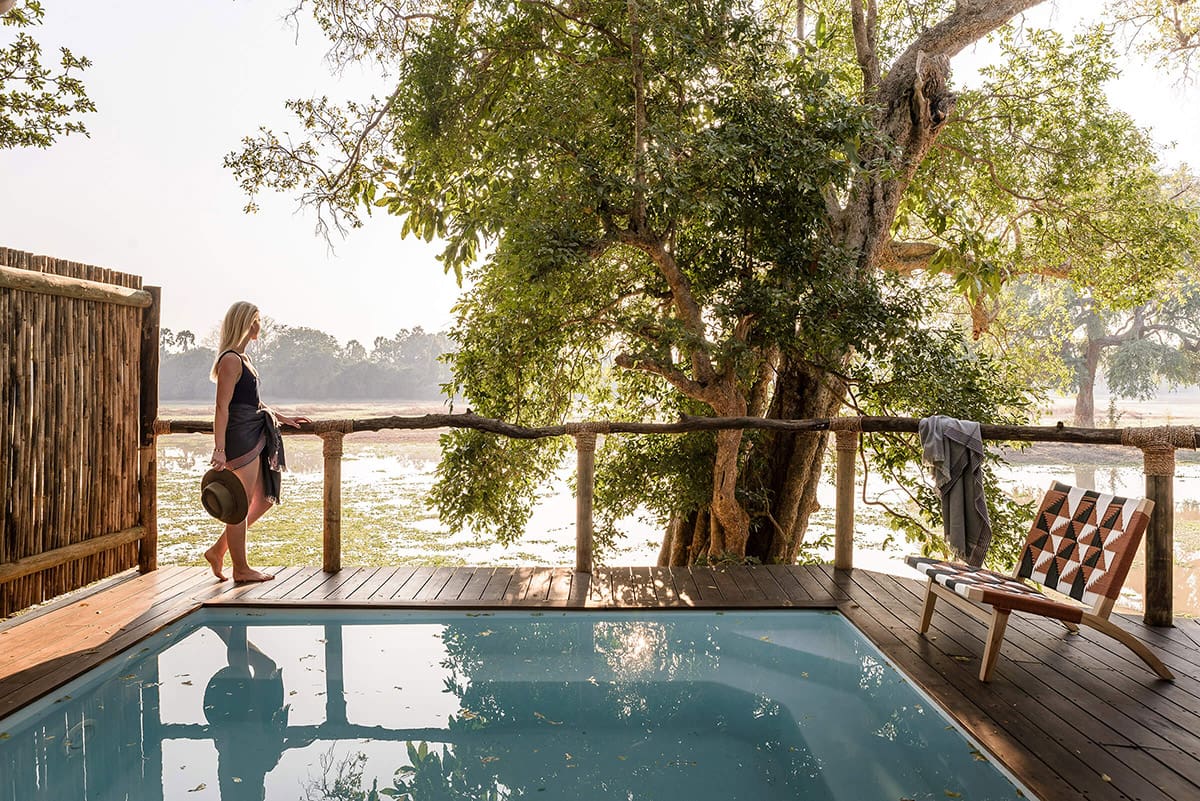
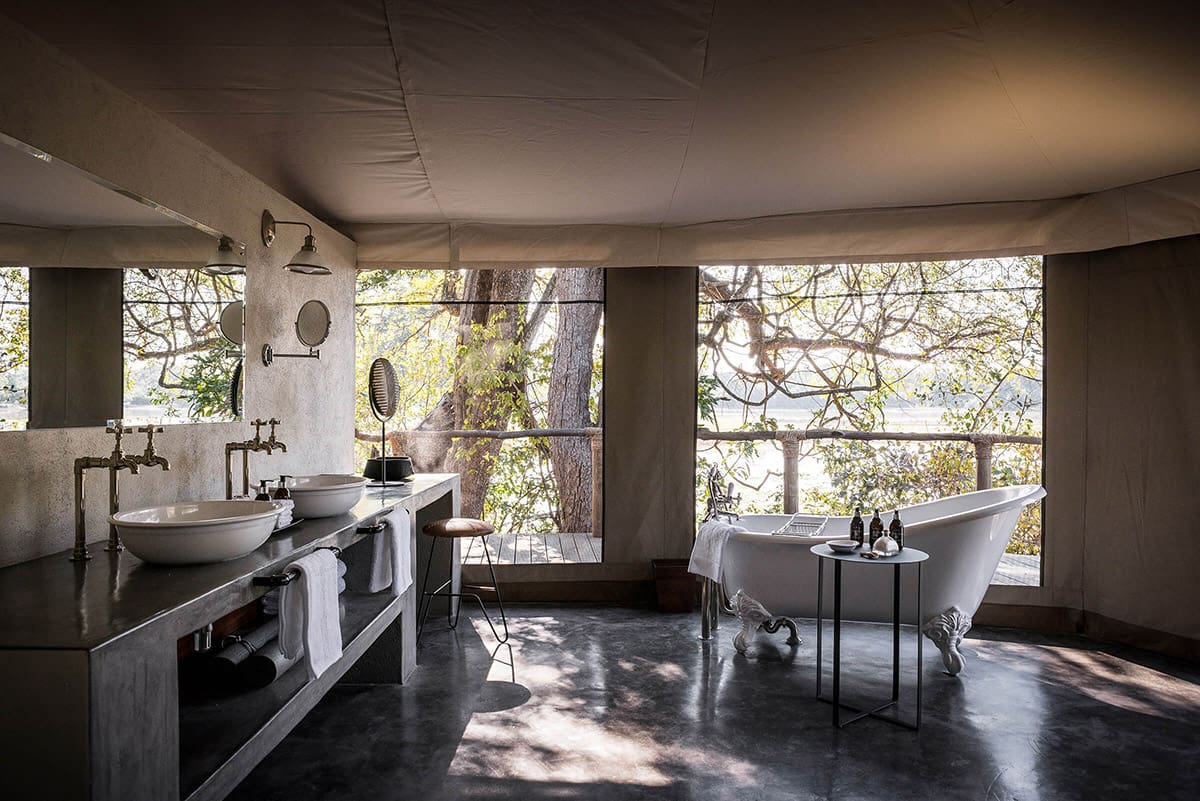
Nighttime safaris in search of such nocturnal animals as civets and aardvarks use vehicles equipped with spotlights, with mammals possibly initially detected by the spotlight light reflecting from their eyes.
Zambian tour companies frequently then put a type of screen on the spotlight as some animals may be stressed by the illumination, said Megan Shepro of Time + Tide.
Shepro reported that Time + Tide – which now has properties in both Zambia and Madagascar – has guides who were trained by Norman Carr, a “pioneering” figure in the walking safari concept.
Photo courtesy Time + Tide
Time + Tide clients can join canine anti-poaching patrols, aimed at safeguarding the wildlife that is at the core of the country’s tourist trade.
The country also promotes itself as an interesting cultural destination, among other things home to a large number of languages.
Shepro said that tour guide training in Zambia is “probably the most rigorous in Africa.”
Meanwhile, Aslin noted that Zambia shares dramatic Victoria Falls with Zimbabwe, with the Zambian side home to the Devil’s Pool, a natural pool of water by the edge of the falls that daring visitors like to sit in, in doing so placing themselves by the precipice of falls that has water plunge around 100 meters down and see as much as 500 million liters of water go over the edge every minute.
A rock lip separates the precipice from what Zambia Tourism calls the “ultimate infinity pool,” with the pool replenished by the Zambezi River.
Those wanting further information can zgh.travel or timeandtideafrica.com or classiczambiasafaris.com or sungani.com.

